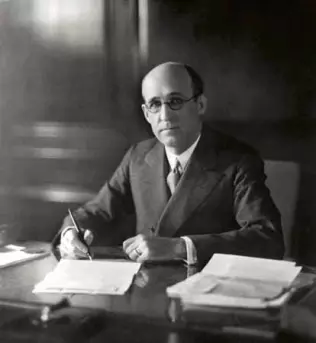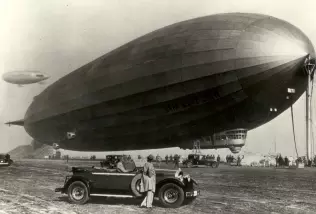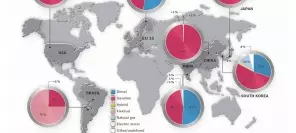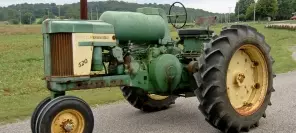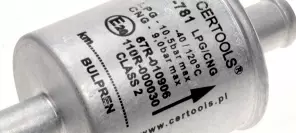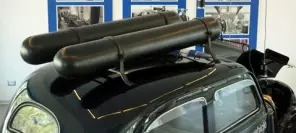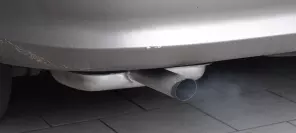- Main page
- Search
- Up to date
- Products
- Technology
- Vehicles
- Video
- Conversion Payback Simulator
Port Injection - Conversion Payback Simulator
Direct Injection - Conversion Payback Simulator
Diesel - Newsletter
History of LPG - the first 100 years
 loading results...
loading results...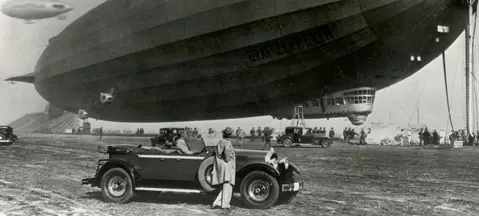 © Wikipedia
© Wikipedia 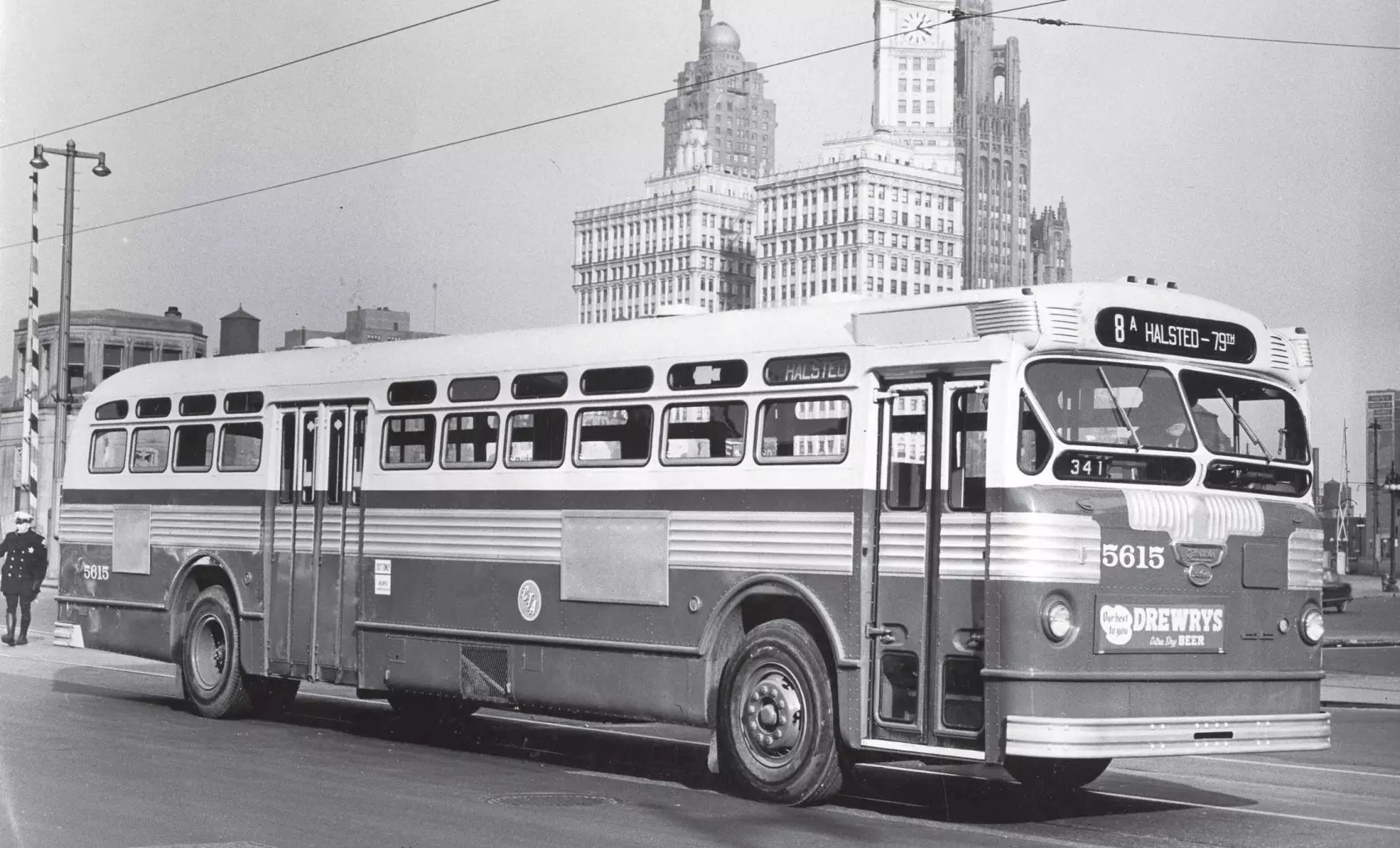 An LPG-powered Flxible Twin Coach bus in Chicago. Between 1950 and 1962, 1700 such buses were delivered for the CTA
An LPG-powered Flxible Twin Coach bus in Chicago. Between 1950 and 1962, 1700 such buses were delivered for the CTA 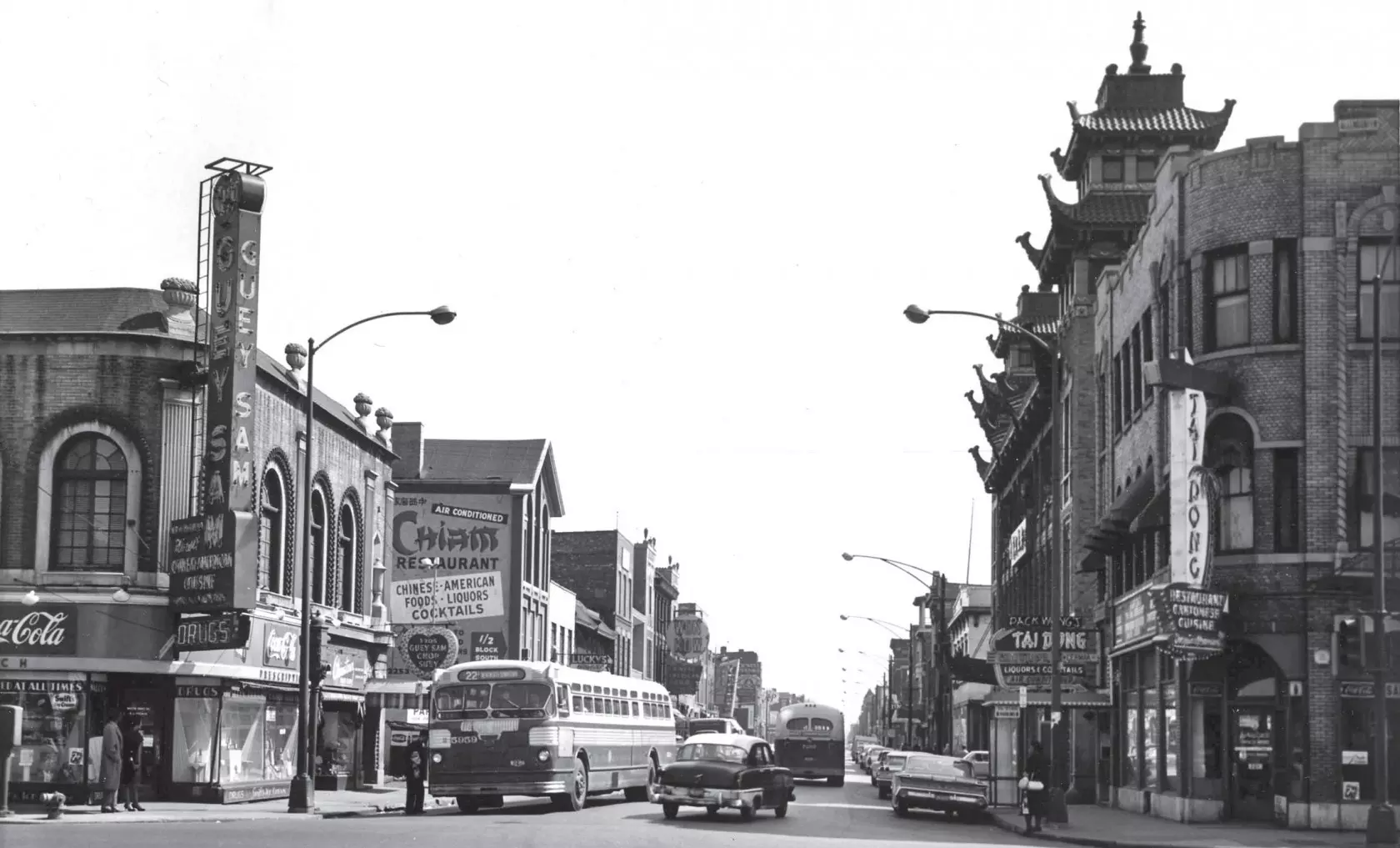 A 1955 LPG-powered Flxible Twin Coach bus in Chicago's China Twon in 1961
A 1955 LPG-powered Flxible Twin Coach bus in Chicago's China Twon in 1961 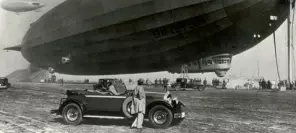

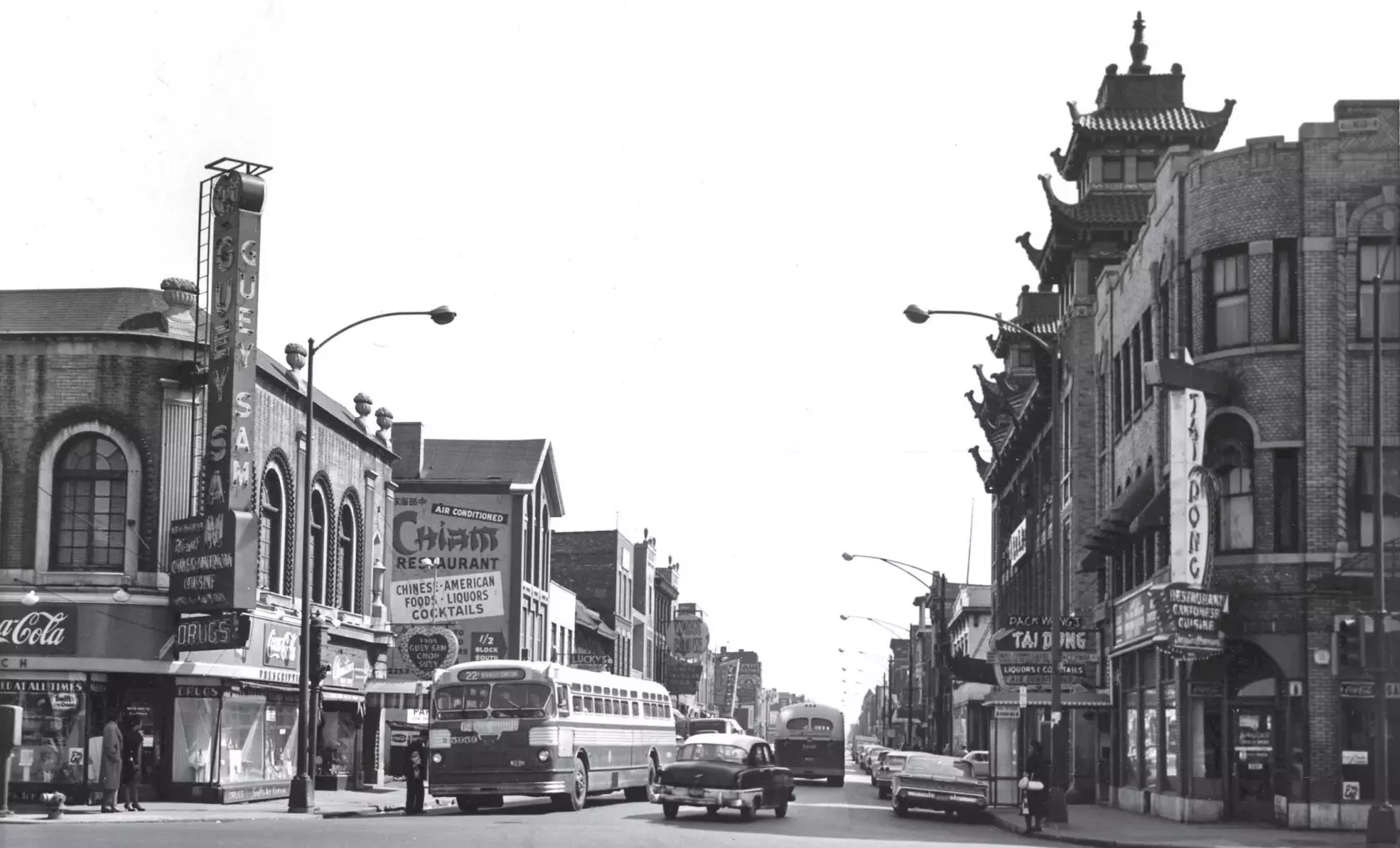
The US
First mention of propane and butane mixture comes from as early as 1910. It was then that Walter O. Snelling, an American chemist researching properties of petrol, separated gaseous fractions from liquid ones, thus discovering the existence of propane. Two years later, in 1912, he started his first domestic propane installation, and in 1913 he patented producing propane on an industrial scale. Later that year the patent was bought by Frank Philips, the founder of the ConocoPhilips oil company. Even so, LPG consumption did not grow considerably.
Information concerning practical use of LPG dates to 1918, when the fuel was utilised for brazing lamps and metal-cutting blowtorches. However, commercial production did not begin until the 1920's. LPG sales in the US topped 223 thousand gallons in 1922, while within the next 3 years the figure grew to 400 thousand gallons. In 1928, LPG was first used as motor fuel (in a truck) and the first LPG refridgerator was made. In 1929, the level of sales of the fuel was as much as 10 million gallons in the US.
LPG was gaining momentum rapidly. In 1932, it was used for cooking and water heating during the Olympic Games in Los Angeles. Propane-butane industry was growing stronger by the year and managed to produce and sell 56 million gallons of LPG in 1934. In the few following years, demand for liquefied petroleum gas was further boosted by the popularity of airships, regularly traveling between Europe and the US. The then latest-generation Zeppelin series airships were propelled by engines fueled with the so called Blau gas (invented by Herman Blau), itself very much alike butane – one of LPG's ingredients. Using gaseous fuel with roughly the same mass as air was actually very convenient for airships as it did not alter a zeppelin's overall weight the way liquid fuels did (airships would become considerably lighter once liquid fuels were burned away, thus forcing the release of hydrogen, which was extremely dangerous). Unfortunately, when the Hindenburg – the largest airship ever built – was destroyed in a distaster in 1937, killing 36 people, the zeppelin era ended abruptly.
Luckily, the LPG era did not end with it. On the contrary, it actually bloomed as there were large numbers of gas bottles left in airfields where airships operated from. For example, 6000 of them became useless in Rio de Janeiro alone, which led entrepreneur Ernesto Igel to the idea of buying them and promoting gas as excellent cooking fuel. This is how the Brazilian company later known as Ultragaz came to be. By 1939, the company had three distribution trucks and 166 customers. Eleven years later, in 1950, there were over 70 thousand customers and today Ultragaz is one of the biggest LPG operators in the world.
When World War II was over and industrial production rose again, LPG sales in the USA topped 1 billion gallons. Nearly 62% of all American households had LPG installations at the time. By 1947, the first liquefied gas tanker was built and entered service. In 1950, Chicago Transit Authority, a public transport operator from Chicago, ordered 1000 LPG-powered buses, while in Milwaukee 270 taxis were converted in the same year. In 1958, LPG sales reached 7 billion gallons and in 1965 Chevrolet introduced 4 new LPG-powered engines for commercial vehicles.
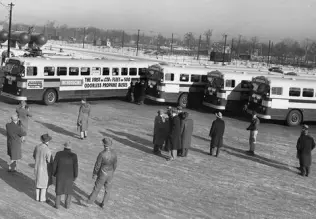 © amhistory.si.eduThe first LPG-powered buses for the Chicago Transit Authority were delivered in 1950-51
© amhistory.si.eduThe first LPG-powered buses for the Chicago Transit Authority were delivered in 1950-51Initial international export contracts were not made until the 1950's. However, the amount of exported LPG was still low in the 1960's – below 1 million tons were shipped outside of the US. Within the next 20 years, export had grown to 17 million tons and reached 48 million tons in the year 2000.
Europe
LPG first appeared in Europe when it was imported from the USA and introduced in France in mid-1930's. It was bottled and came from an East Coast refinery. In 1938, the Italian company Liquigas started filling bottles with LPG in a facility near Venice. The outbreak of World War II hampered further development for a few years on the Old Continent.
To be continued...
